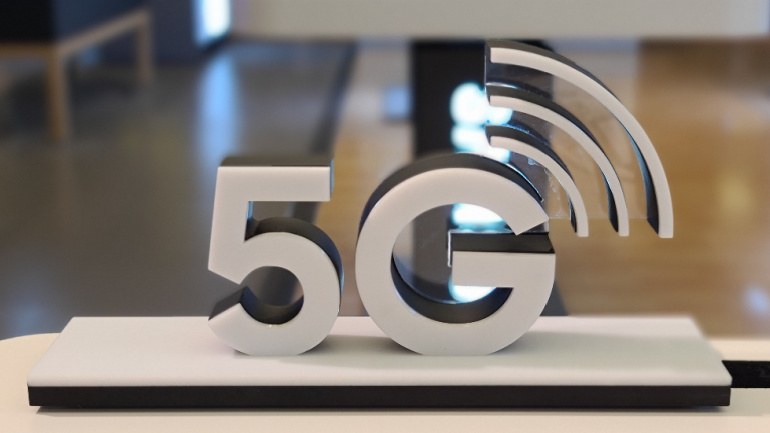In a surprising shift, Cellnex decides to offload its private networks niche to Boldyn Networks, refocusing its operations back to its base business of towers. This comes despite previously earmarking the private networks sector as critical for growth and the Superlative successes recorded by Edzcom, the Finnish-based firm that designs and runs 4G and 5G networks. This transition aims to trim the company’s debt. In contrast, Boldyn Networks is ready to capitalize on the promising growth in 5G private networks, projected to hit $109.4 billion by 2030.
An enthusiastic exploration of advancing telecommunication technologies, particularly 5G and its bigger sibling, 5.5G, was recently exhibited by Huawei’s Antenna Business Unit President, Eric Zhao. Eric emphasizes how competent R&D pursuits are imperative to propel antenna performance, a critical aspect in 5.5G proliferation. He highlights the enhancement of user experience, operational efficiency and service extension as key objectives. Moreover, Huawei’s strides in working towards the goals of unrestricted deployment, zero signal loss, and ‘zero touch’ O&M demonstrate their ambition. Yet, the journey towards these ambitious targets is far from over.
TELUS International and Five9 launch an advanced AI-powered Contact Center as a Service platform. Phonism integrates with Cisco’s Webex, providing cost-effective device management and streamlining collaboration. Viking Electronics endorses Ooma AirDial as a reliable POTS replacement, emphasizing wireless turnkey solutions. Cresta unveils AI enhancements for contact centers, driven by Large Language Models, promising unprecedented performance and productivity.
Under the Online Safety Act, UK’s telecoms regulator Ofcom, gears up to reinforce online safety, focusing on protecting vulnerable users, especially children. Their proposed laws call for tech firms’ accountability, ensuring a thorough content governance to curb harmful material. They seek stakeholder feedback on their initial codes against illegal harms online, marking the end of harmful content and the dawn of user safety.
As 5G Fixed Wireless Access (FWA) evolves with its next phase, 5G Advanced, worldwide research indicates growth and potential for higher speeds and reduced latency. The Middle East currently showcases impressive progress with over 1.6 million 5G FWA users. Yet, debates exist over its future, exploring whether 5G FWA will remain an affordable alternative to fixed broadband or tap into its speed for new applications. Moreover, cost is a concern for Customer Premises Equipment (CPE) devices, considered a current hurdle in advancing 5G FWA.
The FCC is poised to address digital equity, introducing measures aimed at eliminating any biased broadband service access. However, controversy surrounds these new regulations, with critics framing them as an invasive expansion of FCC control. Intriguing dialogue likely awaits in their upcoming November meeting.
Telefonica embarks on a bold plan to revitalize its cash flow and revenues. In a strategy termed ‘GPS’, it plans to amplify free cash flow generation, while also targeting significant growth in various sectors like retail and digital services. Interestingly, the plan marries stringent financial targets with the crucial aspect of digital transformation – an ambitious endeavor that could redefine the company’s standing moving forward.
The Global Coalition on Telecommunications (GCOT), launched by the UK, Australia, Canada, Japan, and the US, intends to revolutionize telecommunications through joint R&D, funding alignments, and standard development. Offering insights into the initiative’s broad scope, TMT partner Julian Cunningham-Day highlights the coalition’s focus on supply chain diversification and market competition through Open RAN. Despite the promising advantages, potential vulnerabilities may arise from industry-wide open standards. Additonally, GCOT’s emphasis on yet to be realized 6G technology signals its proactive stance towards future complexities.
Almost half of Britain’s deprived rural areas lack access to 5G, according to a study by Vodafone. Urban communities fare better, but the digital divide remains significant. While this disparity supports Vodafone’s push for a merger with Three to improve coverage, government approval is still pending. Is this research merely a tactic to justify the merger, or does it genuinely highlight the urgent need for connectivity solutions in these regions?
Ofcom has cemented plans to propel UK’s 5G coverage by introducing the nation’s first millimetre-wave (mmWave) spectrum auction. This will span the robust 26GHz and 40GHz spectrum bands, targeting faster 5G speeds across 68 UK towns and cities. Interestingly, mmWave 5G promises impressive speed and capacity upgrades, but struggles with range and penetrability, making it ideal for densely populated areas. The auction awaits a verdict on a key industry merger before commencement.













